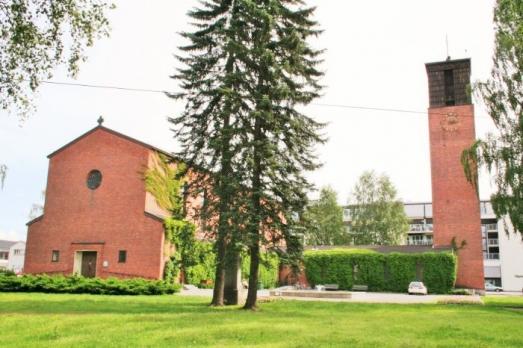
Lillestrøm Church
Lillestrøm, NO
Lillestrøm Church is a church built from 1935 and imitates the style of the early Christian basilica. The church then became the inspiration for Notodden Church, which was completed in 1938.
Here you can search for a building to visit. You can use the map find destinations, or you can use the filters to search for a building based upon what different criteria.

Lillestrøm, NO
Lillestrøm Church is a church built from 1935 and imitates the style of the early Christian basilica. The church then became the inspiration for Notodden Church, which was completed in 1938.
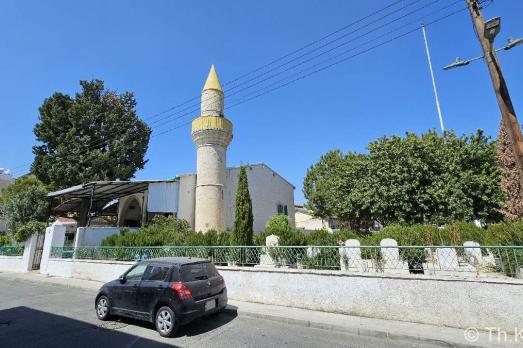
Limassol, CY
On the site where the present mosque is located, there was already a predecessor building, which had been erected in the late 18th century as a mescit (small mosque). The new construction of the present mosque was carried out from 1900-1902.
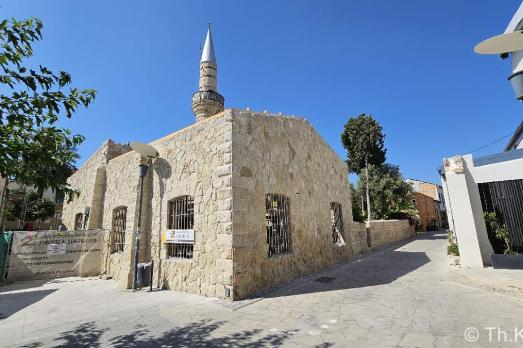
Limassol, CY
The Cami-i Kebir is located in the Agia Napa quarter of Limassol, close to the castle to the southwest. It is a complex of several religious sites which, according to excavations, were in turn built on the remains of several churches erected on the site.

Limassol, CY
The mosque on the Garyllis River was built in 1825 by Köprülü Hacı İbrahim Ağa under the name "Dere Mosque" (River Mosque). By the end of the 19th century, it was also known as Cami-i Jedid (New Mosque), and the entire neighbourhood was named after it. Today the mosque is commonly known as Köprülü Mosque.
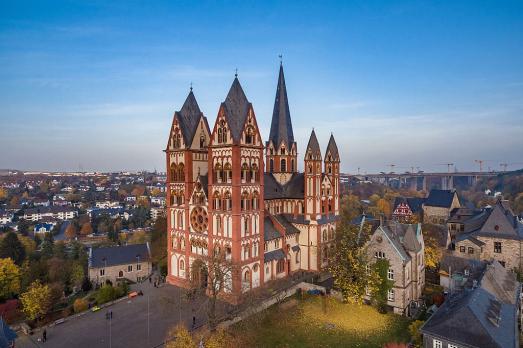
Limburg an der Lahn, DE
St. George's Cathedral is an accomplished synthesis of late Romanesque and early Gothic from the 13th-century. The first church on the Limburg Rock was built in 910 by Konrad Kurzbold.
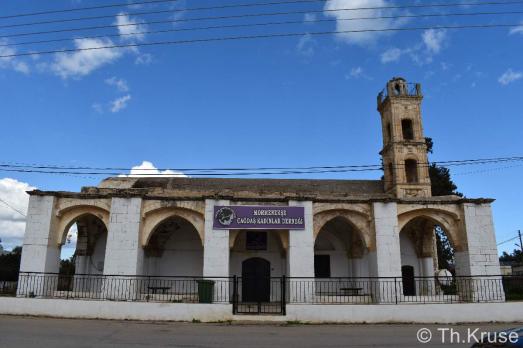
Limnia, CY
The second parish church in the village bears the ekklesionym Agios Georgios and was built in 1863. It is located on the western edge of the original settlement area. Today this is used as a "Contemporary Women's Association Workshop"
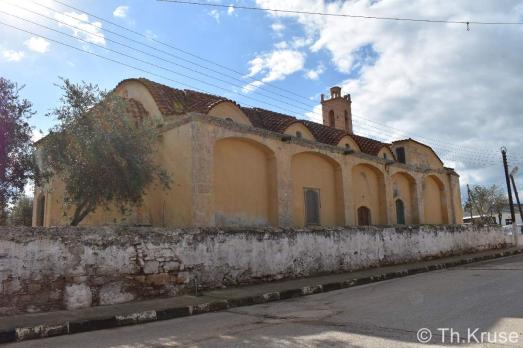
Limnia, CY
Two parish churches could be identified for Limnia. The first is dedicated to Agios Nikolas and was built in 1895. It is located on the eastern edge of the original settlement area. After 1974, the building was apparently rededicated. Whether it served as a mosque for a short time is not clear. Today the church is used as a cultural hall.
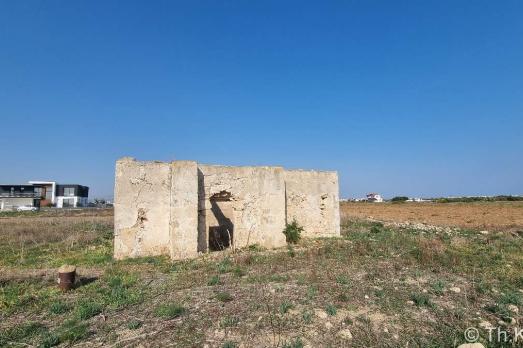
Limnia, CY
The Panagia Paradisiotissa Chapel is located east of the original settlement, near the Ambelia Forest. The church is in ruins: the roof has collapsed and the walls are riddled with cracks.
Limoges, FR
The construction of the cathedral began with the choir in the 13th century, and continued in particular in the 15th century (the works were interrupted for the first time in 1327 for lack of resources). Work resumed in the 19th century, particularly in the nave and narthex.
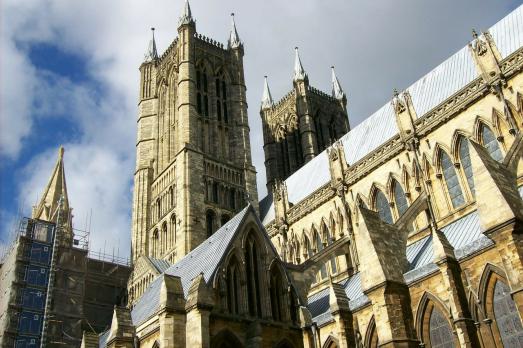
Lincoln, GB
Lincoln Cathedral punctuates the city skyline and can be seen for many miles. Once the tallest building in the world (before the central spire fell down in 1548), it is still impressive in scale and stature, with its iconic three towers, the highly carved stone west front with its Norman arches and , the largest east window of its type in Europe and a ten sided Chapter House with impressive flying buttresses.

new
The Chassidic Route is a cultural and historical trail tracing the rich legacy of Jewish communities in southeastern Poland and western Ukraine. This region was central to the rise of Chassidism in the 18th century. Here, we highlight 10 remarkable synagogues you’ll discover along this route.

he cradle of the Industrial Revolution in Germany, Chemnitz, is well-known for its industrial heritage landscape, but the city is also home to remarkable examples of religious architecture from different historical periods. Join us as we explore the key landmarks of this European Capital of Culture 2025.

The twin towns of Nova Gorica (Slovenia) and Gorizia (Italy), lying on the border between the two countries, have a rich religious heritage, steeped in centuries of tradition. If you are looking for ideas for your visit, take note of these 10 religious sites that you should not miss.